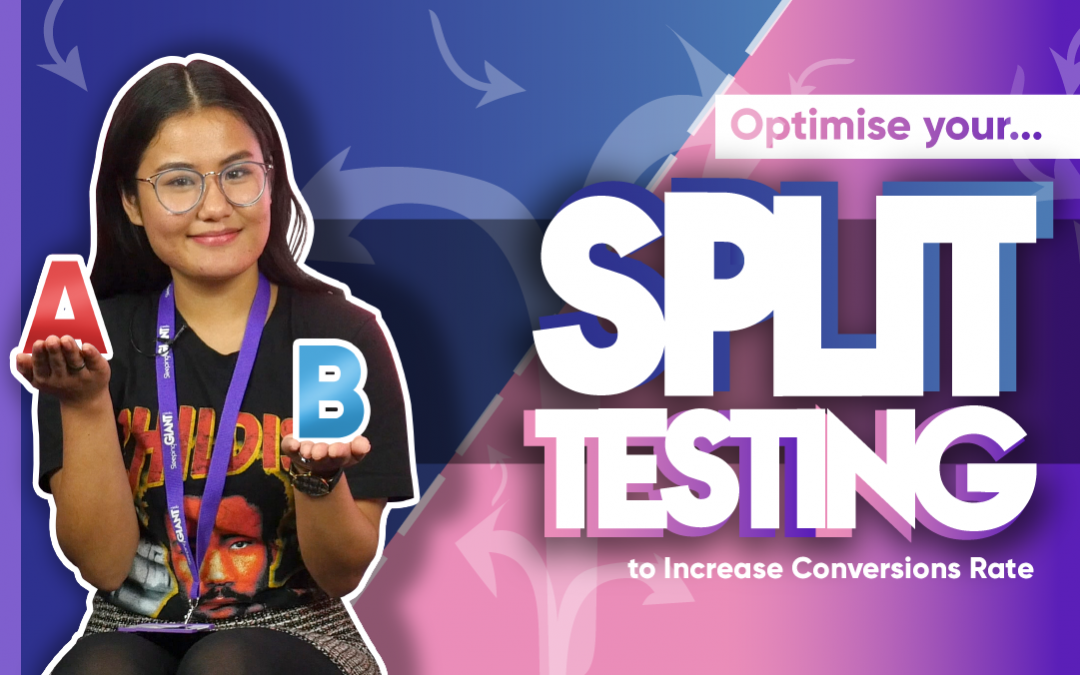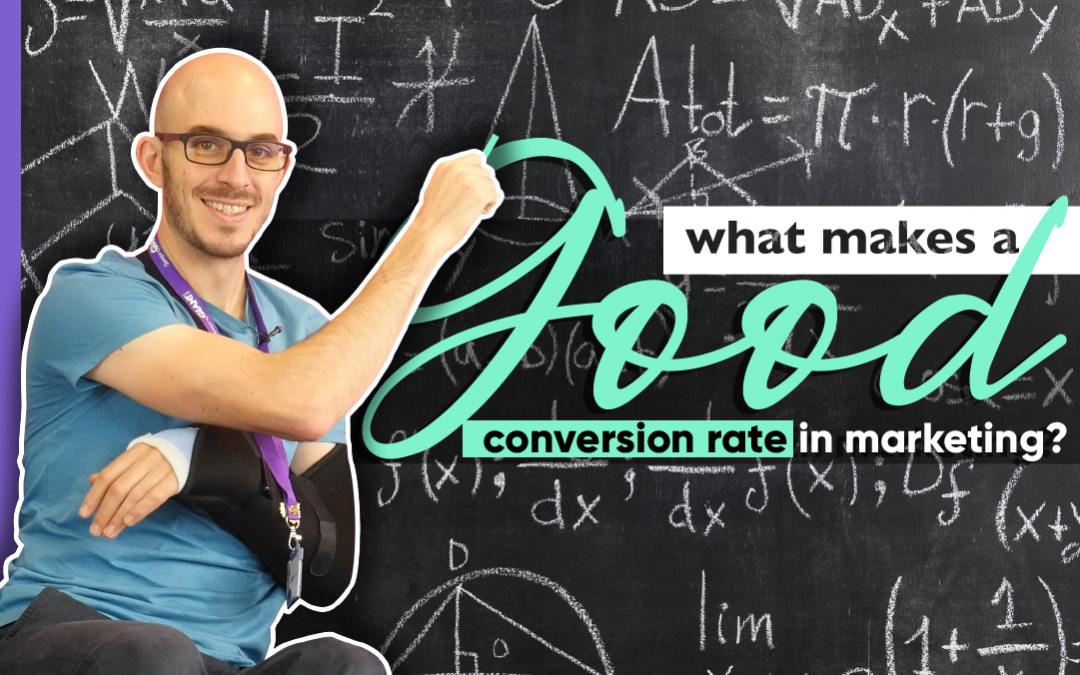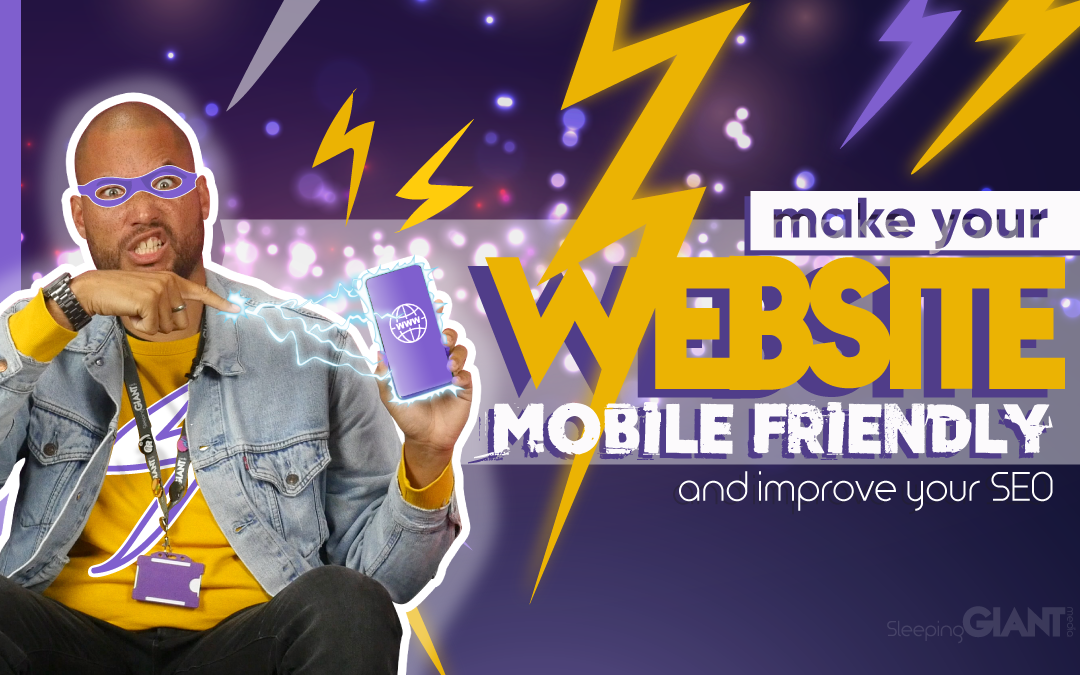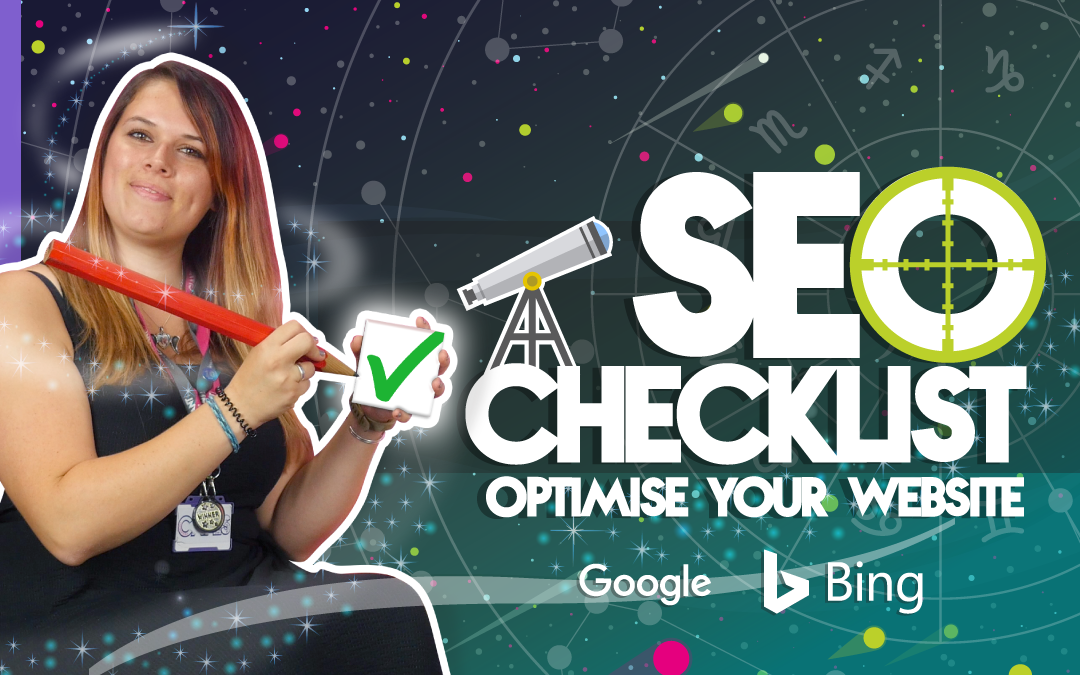Digital Marketing, technology & business insights, how to's and explainer videos, released on a Wednesday. Make sure to subscribe to be notified and sign up to our mailing list! 🎥 See below, the transcript from this episode of Giant Wednesday if...

Low Monthly Search Volume Keyword Targeting: It’s Worth It! 👍
Low Monthly Search Volume Keyword Targeting: It’s Worth It! 👍
Transcript:
Hands up, who hates doing something only to find out it’s a COMPLETE waste of time?
Well, when it comes to SEO, the thought of spending your time working away on something with a really low monthly search volume can seem like a waste.
But guess what? It’s not. Let me tell you why.
Get ready to target the unpopular, because Wednesdays are about to get GIANT.
Hi, my name is Juliette and welcome to Giant Wednesday, the only place to be to discover the wonderful world of digital marketing. Don’t forget to subscribe to our channel and post your comments below.
So, low monthly search volume keywords – not something you should be ignoring.
For most SEO experts, the ultimate gold mine is finding a high-volume, high-converting and low-competition keyword.
What better than an influx of organic traffic that’s actually interested in what you’re offering?
These kinda high volume keywords soon become a priority when SEOs conduct their keyword research and, because of this, low volume keywords are often overlooked.
No one wants to overlook the little guy – especially when they’re potentially able to bring you the most relevant traffic.
Low volume keywords give you an opportunity to target terms that are highly relevant and likely to be untouched by your competitors! Bonus.
Now, with this kind of targeting you are not likely to see an influx of thousands of new users per month, although that does, of course, depend on your product.
But you’ll have a pretty great chance at ranking for a term which might even result in the small number of searchers converting.
Skipping these low volume keywords may mean you miss out on conversion-ready traffic, and gives your competitors the chance to snag the traffic you want. You don’t want to have regrets, do you?
But the value of targeting these keywords goes beyond beating your competitors and driving more traffic.
In fact, incorporating them into your SEO strategy has benefits like:
Niche interests – low volume keywords gives you the opportunity to build interest around a small or new niche – you might find a new customer base this way!
Being super-duper relevant – long-tail keywords are typically low volume, but extremely relevant. And of course, the more relevant, the more likely you are to get the conversions you dream of.
Earning back the dollars – everyone likes a good return on investment, right? Well, low volume keywords can drive conversions that, if you’re clever, can offset the cost of the content and work you’ve put into it.
Fingers in all the pies – targeting a few low-volume keywords gives you more potential Google real estate and, hopefully, more traffic potential.
Have I sold these little guys to you yet?
Before you started this video you were probably of the opinion that there are some keywords out there that are just not worth your time. And yeah, you’re still right.
You can still waste your time targeting low-volume keywords if you don’t do your research and invest the right amount of time in the right places.
Most importantly then, is relevancy.
Your keywords need to be super relevant to your audience’s interests.
If you don’t do it, don’t try and trick people into your site by saying you do! That’s not cool man.
If you’re interested in learning how to optimise your website for search engines, to make sure you have a chance at ranking for these keywords, then check out our optimisation checklist.
And that’s me telling you not to skip these opportunities because they aren’t a waste of time or money when done properly.
Go after low hanging fruit, target as many relevant keyword variations you can and always monitor the ROI.
You might find some of these low volume keywords pay off in many ways.
So, that’s it for today, go forth and comment your views – give us a like and subscribe to see more great digital and marketing content every week.
Thanks for watching, and we’ll see you next week for another GIANT Wednesday.
Sign Up For Giant Wednesday In Your Inbox
Use the form below to sign up and we'll send you fortnightly update emails when a new episode of Giant Wednesday is launched.
Follow Us
Sign Up For More
Stay up to date with the latest happenings, learnings, events & more with our GIANT Newsletters.
Contact Us
Top Floor, The Civic Centre, Castle Hill Avenue, Folkestone CT20 2QY.
Copyright © 2022 Sleeping Giant Media. All Rights Reserved.







